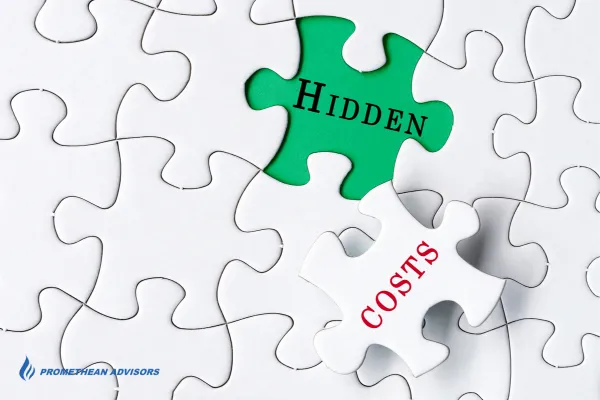
The Hidden Cost of “Good Enough” in Manufacturing Operations
In manufacturing, “good enough” is the enemy of excellence. It creeps into processes quietly — a small inefficiency here, a delay there, a bit of rework that “isn’t a big deal.” At first, it feels harmless. But over time, “good enough” becomes the culture. And that culture bleeds money, frustrates employees, and keeps your business from ever reaching its full potential.
Here’s the thing most owners don’t realize: the real cost of “good enough” is almost never on the surface. You don’t see it on your balance sheet right away. It hides in wasted labor hours, customer churn, unnecessary downtime, or missed opportunities. By the time it shows up in your financials, it’s already cost you far more than you imagined.
The Illusion of Acceptable Losses
Every manufacturer has that one line that constantly needs “tweaks.” Or that one customer complaint that always pops up. Or that one department where things just “take longer than they should.” These get rationalized as “just the way things are.” That’s the illusion of acceptable losses.
But here’s the truth: every inefficiency compounds. If a machine is running at 90% efficiency instead of 95%, you’re not just losing production today — you’re losing capacity every single day, forever, until you fix it. And that lost capacity is lost revenue.
The Cultural Cost
Worse than the financial cost is the cultural cost. When leaders accept “good enough,” employees follow suit. Standards drop. Pride in work diminishes. Pretty soon, nobody’s pushing for excellence — they’re just showing up to get through the day.
In companies I’ve turned around, I’ve seen this play out over and over. The moment we stop accepting mediocrity, morale improves. People actually like being held to higher standards — because it gives them purpose, direction, and pride.
How to Break the Cycle
Breaking free from “good enough” isn’t about perfectionism. It’s about building systems that consistently drive excellence. Here’s where to start:
Measure what matters — If you’re not tracking the right KPIs, you’ll never spot inefficiencies.
Eliminate bottlenecks — One weak link in your process will drag down the whole system.
Create accountability — Excellence isn’t optional; it has to be expected, reinforced, and rewarded.
Invest in leadership — Teams rise or fall to the level of their leaders. Train and empower them.
Final Word
“Good enough” is costing you more than you realize — in profits, in morale, in competitiveness. The companies that thrive are the ones that never settle. Excellence isn’t about squeezing every last drop out of your people. It’s about creating systems that make excellence the default, not the exception.
If your business is stuck in “good enough,” it’s time to break the cycle. Your future growth depends on it.